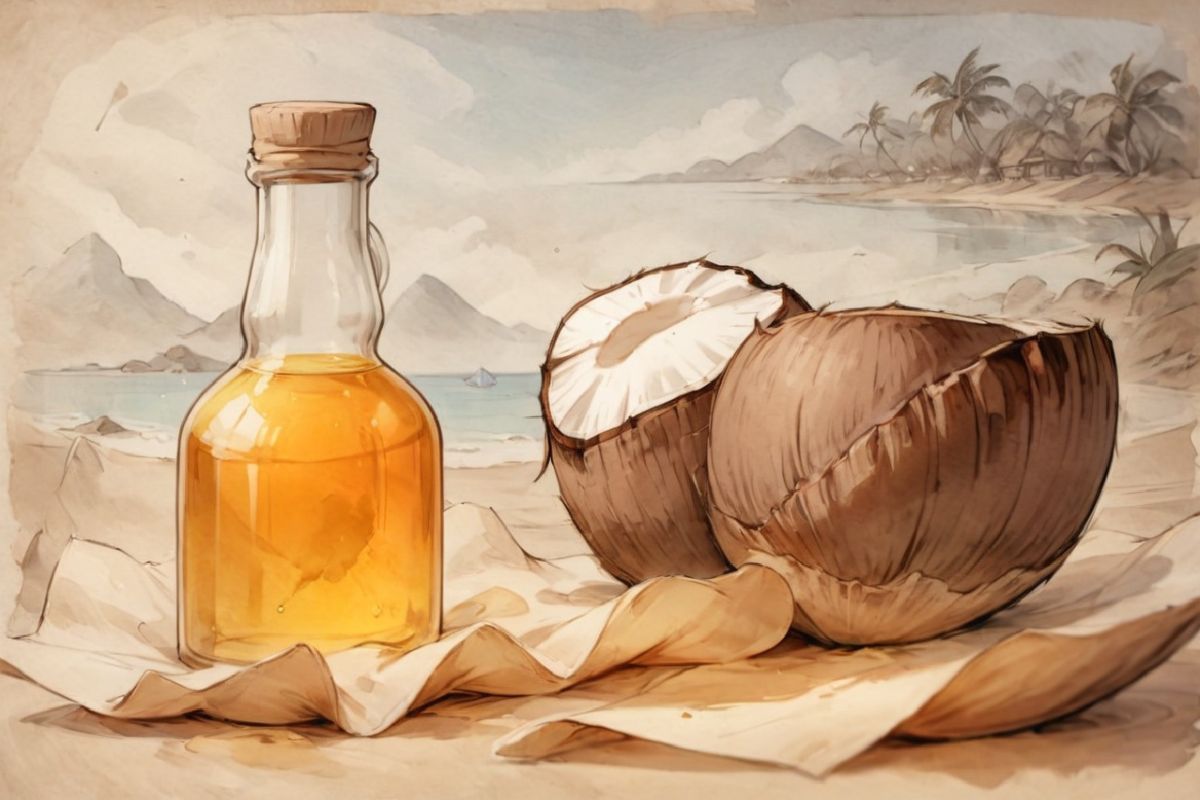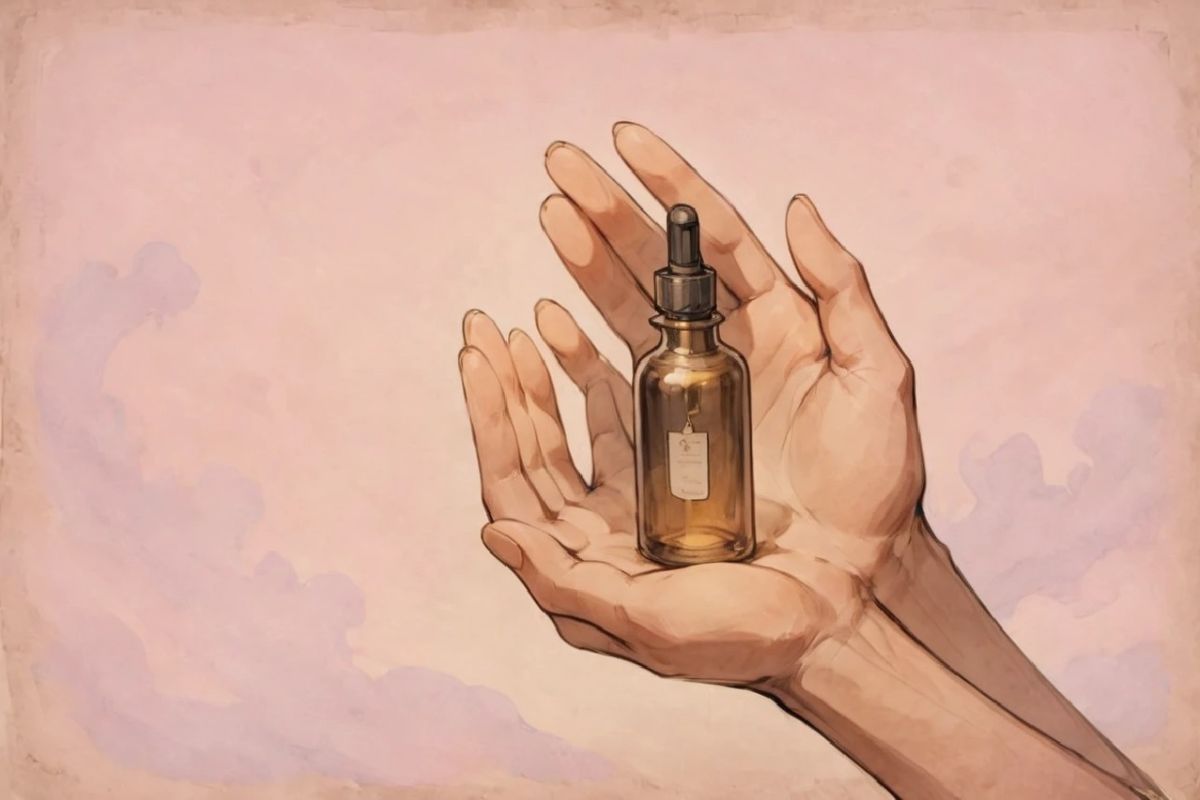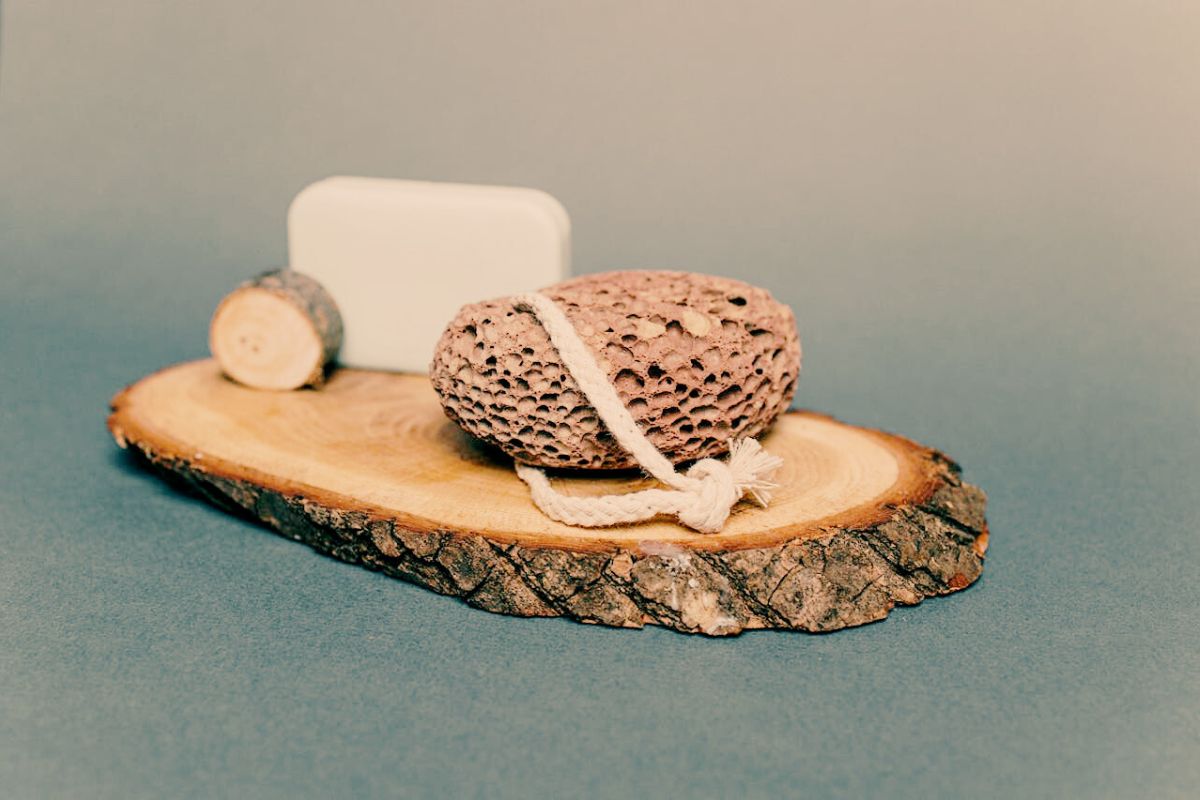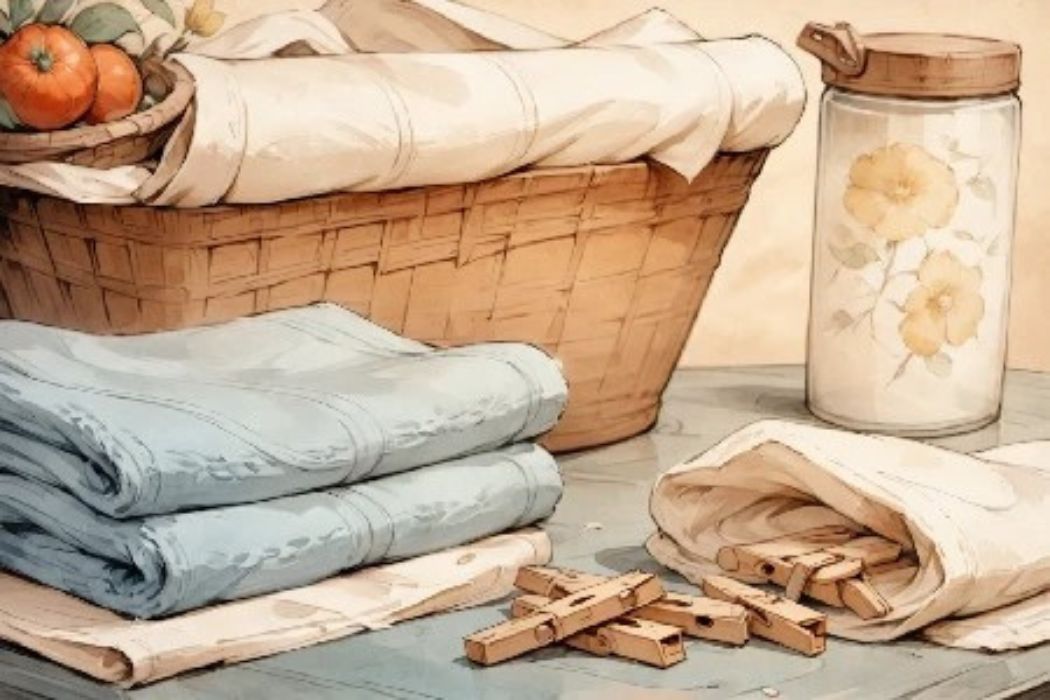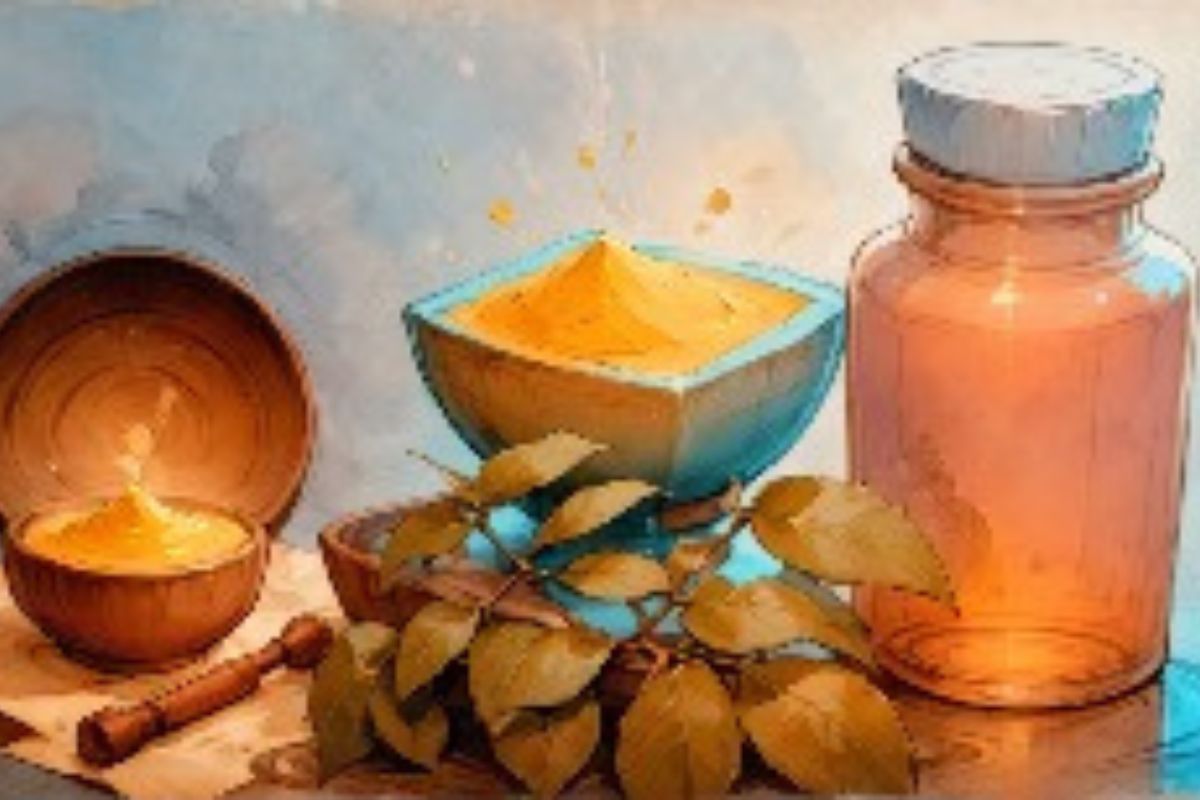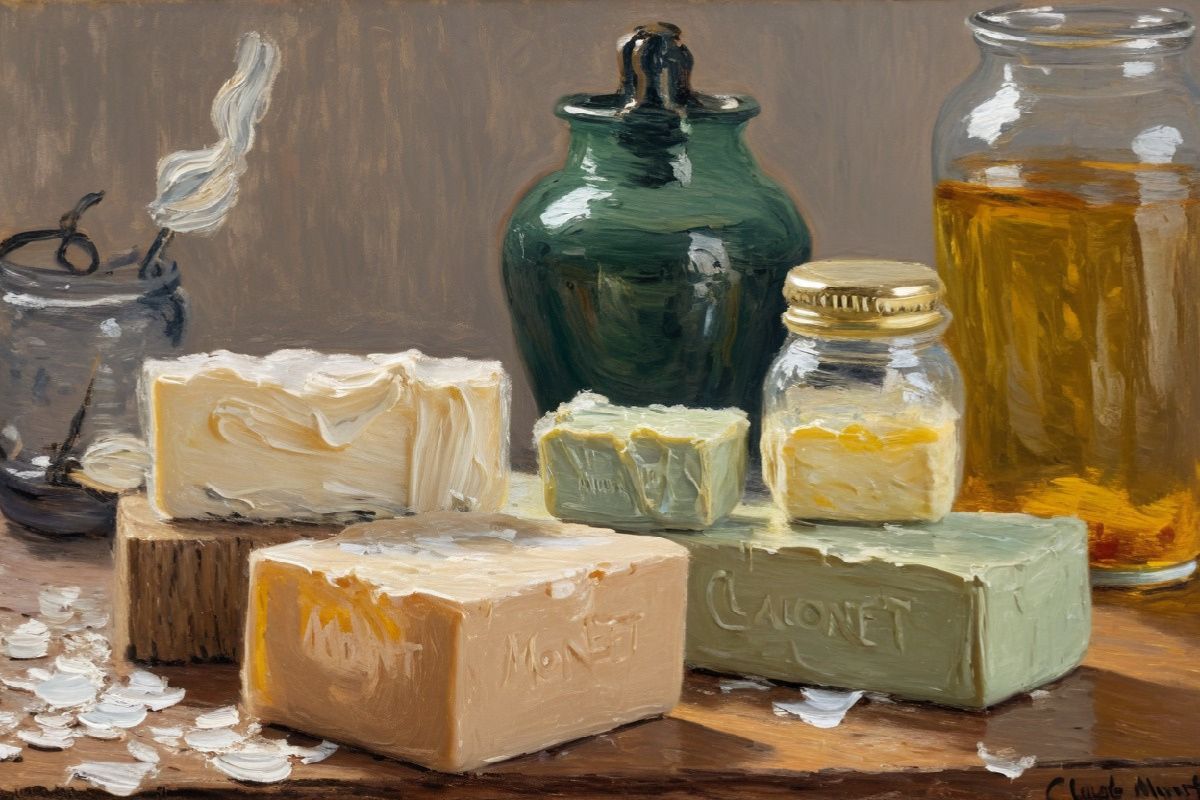Discover the versatile uses and health benefits of coconut oil for beauty and wellness. Explore how it can enhance your daily routine—read more now!
How to Make Tea: Top Tips for the Perfect Cup
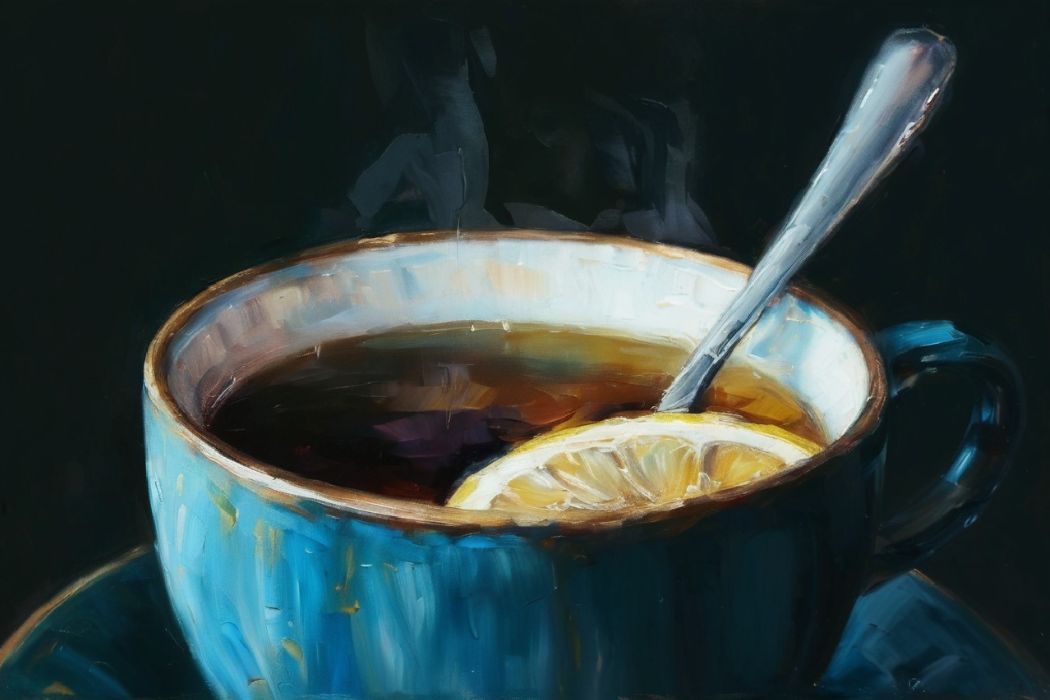
How To Make A Cup Of Tea
Want to know how to make tea? This will help. From choosing the right tea leaves to serving it up, we've got you covered. You'll find everything you need here if you like a hot, comforting brew or a cool iced tea.
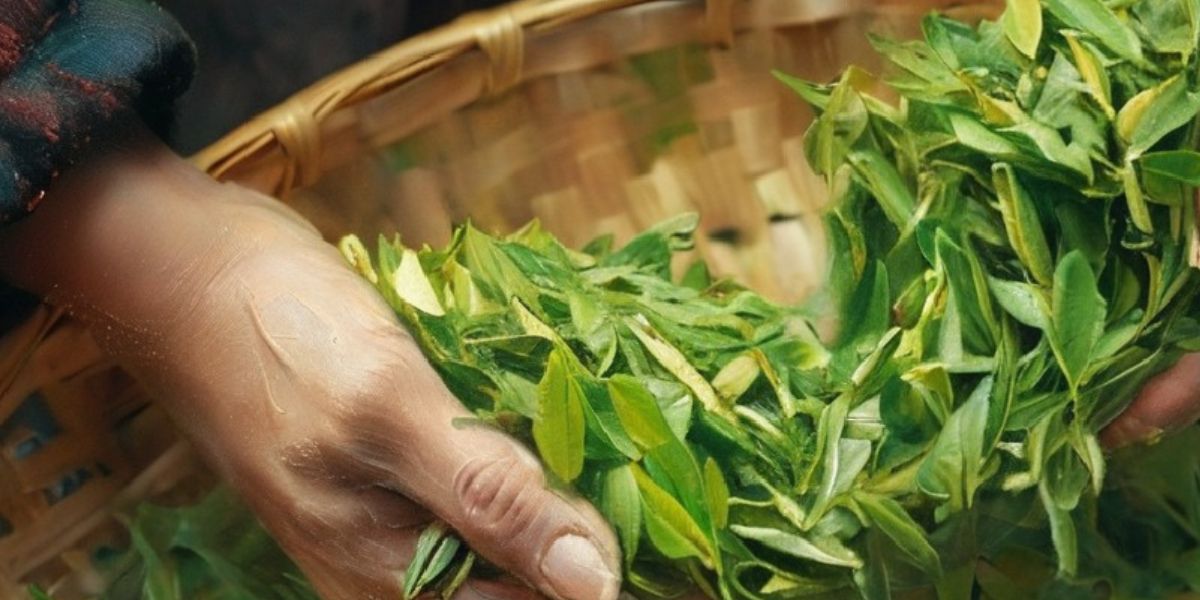
Quick Facts
-
Choosing a tea is like speed dating for your taste buds; pick one that matches your style, bold or dainty!
-
Clean teaware is the hero of brewing – no one wants a whiff of yesterday's Earl Grey ruining their calm.
-
Steep wisely! Timing is everything, or you'll end up with tea so bitter it could turn a sunny day into a rainy one.
Choosing Your Tea
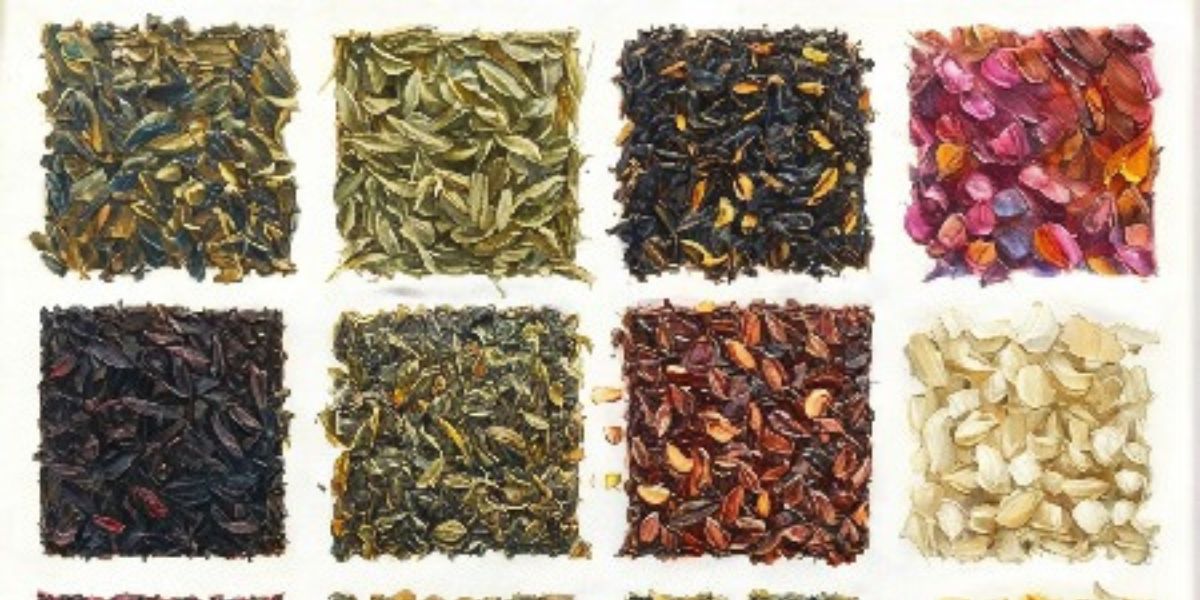
Choosing the proper tea is about personal preference and what you love most. Black, green, white and oolong teas all come from the Camellia sinensis plant. The different flavours come from different processing methods.
With its bold flavour, black tea is fully oxidised and has a rich taste and dark colour. Green tea is minimally processed and has a crisp, grassy flavour and bright colour. Oolong tea, partially oxidised, has a range of flavours, from sweet to earthy. White tea, the least processed, is delicate with a subtle aroma and light taste.
Herbal teas, or tisanes, aren't actually tea but are made from herbs, flowers and roots and have different flavours and benefits. Choose your tea based on taste, aroma and effects like caffeine content or calming properties.
Your Teaware
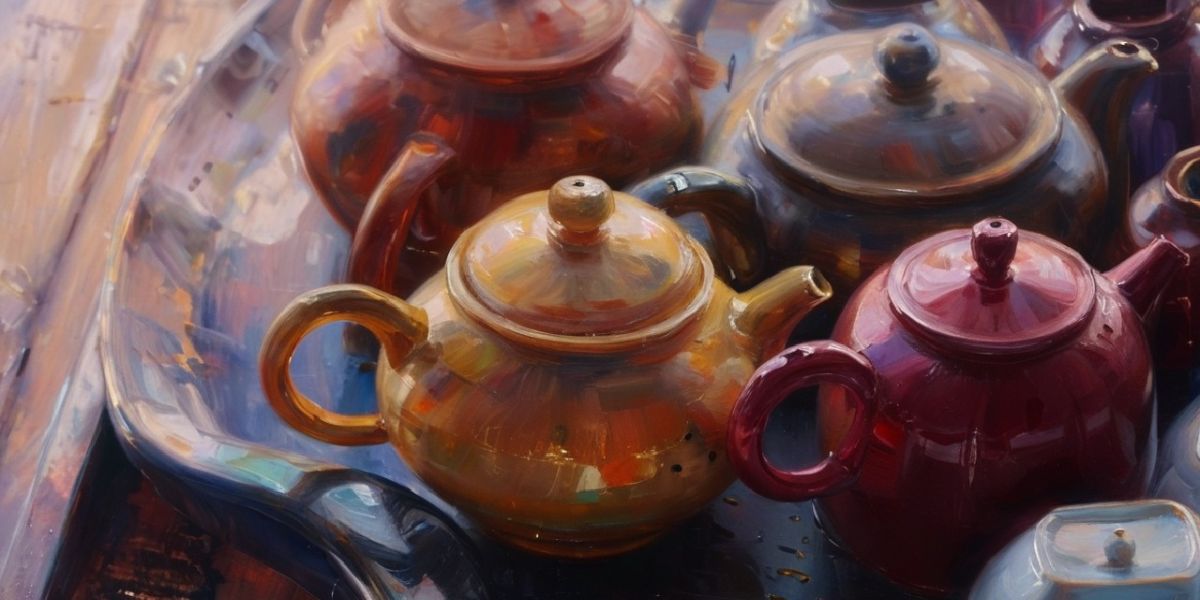
A clean teapot and tea cup are the keys to a pure tea flavour, as residues from previous brews can affect the taste. Imagine sipping a delicate white tea and tasting yesterday's Earl Grey—oh, the horror!
Preheating your teaware is another small step that makes a big difference. Warming your teapot and cups with hot water helps maintain the brewing temperature so the tea can be extracted properly. To get the best flavour, add a splash of hot water, swill it around, and then discard it before you start brewing. Now, your teaware is ready for tea leaves or tea bags. This step greatly affects the final flavour of your brew.
Measuring Tea Leaves or Tea Bags

How much tea is enough? The general rule of thumb is one teaspoon of loose-leaf tea per person in a tea pot or one tea bag per cup. That's a good balance.
One teaspoon of loose-leaf tea (about 2g) per cup is perfect for regular teas like black or green. For more delicate teas like white, yellow or herbal, you might want to double that to two teaspoons per cup to bring out their subtle flavours. And if you're using round tea bags, one per cup should do the trick.
A tea infuser is a must for loose-leaf tea lovers. This tool allows your loose tea leaves to unfurl and release their full flavour while keeping them out of your cup. Proper measurement is key to brewing the perfect cup of tea.
How to Boil Water
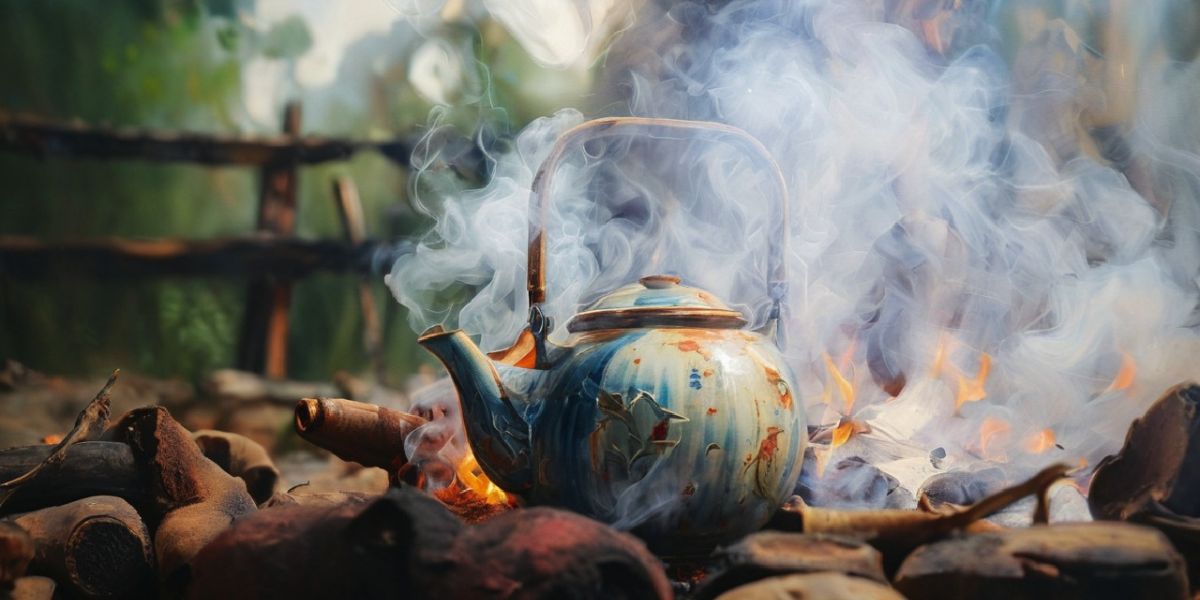
Now your tea is measured, it's time to boil water. Freshly drawn cold water, which has more oxygen, helps to develop the tea's flavour. Filtered water that hasn't been previously boiled is best.
Re-boiling water might seem like a time saver, but it removes oxygen and gives your tea a flat taste. Boil only what you need and let it cool for a few minutes before pouring it over your tea.
Teas require different temperatures. Pouring freshly boiled water over white or green tea leaves will burn them and give you a bitter brew. Black teas need a full boil, while green and white teas should have the water cooled to around 80 degrees Celsius.
Steeping the Tea
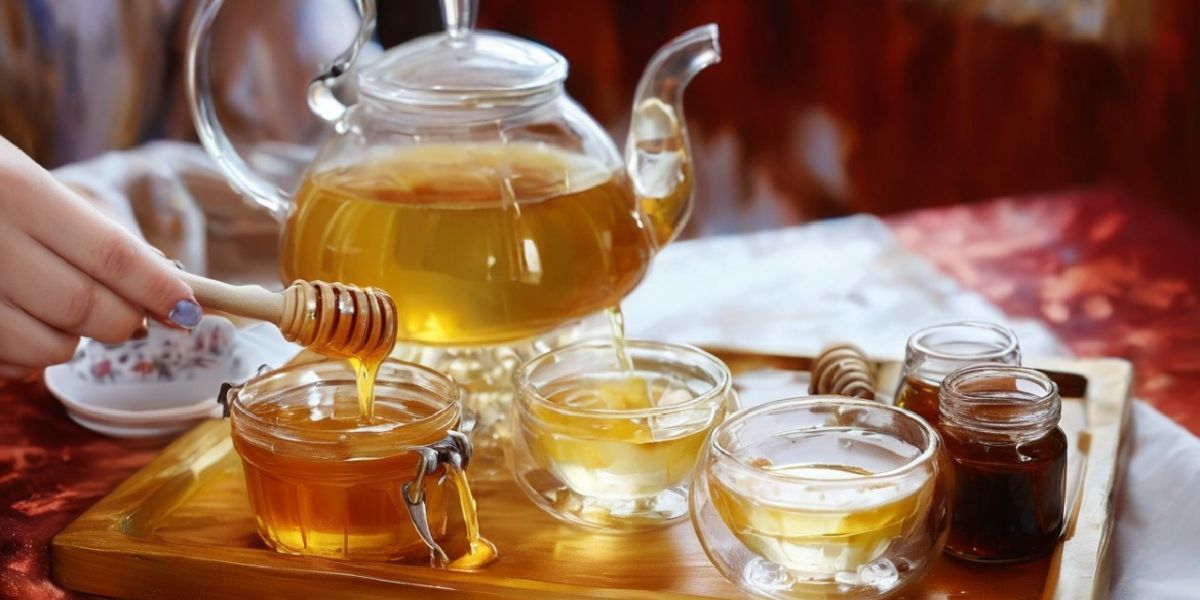
Steeping is where the magic happens but also where many teas go bitter. Most black teas should steep for 3-5 minutes at 100 degrees Celsius.
A more gentle approach is needed for green and white teas. These teas should be steeped for 2-3 minutes at 80 degrees Celsius. Any longer, and your delicate brew will become a mouth-puckering disaster.
Herbal and fruit infusions are more forgiving; 3-5 minutes at boiling temperature is usually fine. Proper steeping time is key to avoiding bitterness, so set a timer and brew with precision. And remember, patience is key; a well-steeped tea is worth the wait.
Serving Your Tea
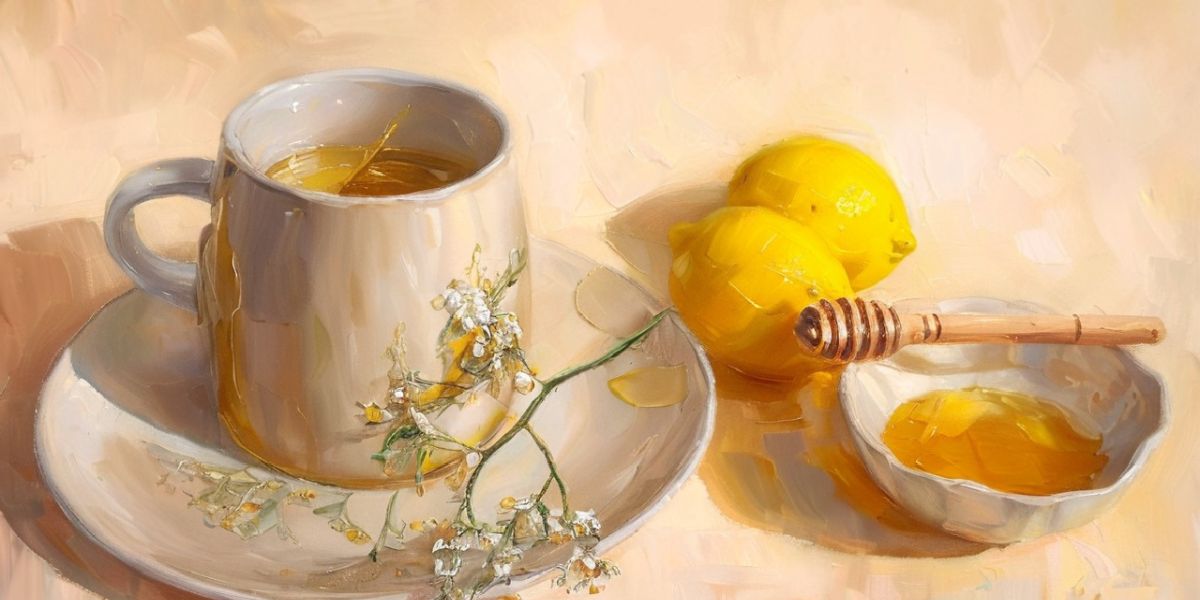
Now that you know how to make tea correctly, it's time to think about serving options. Serving tea is an art. Offer a selection of sweeteners, such as sugar, artificial sweetener, honey, or a slice of lemon, so your guests can customise their tea to their taste.
Be careful with combinations. Lemon and milk or cream can curdle. Keep them separate and let your guests decide how they want to mix. For black tea, add milk after steeping for the best flavour.
A tea cosy is a great tool for keeping your teapot warm, so your second cup is just as good as the first. Simply put the tea cosy on your teapot as soon as you add the tea, and you're good to go.
Different teas have different serving styles. Black teas go well with milk and sugar, and green, white, and herbal teas are best plain. Smaller cups or mugs are often preferred, so each sip is unique.
Making Iced Tea
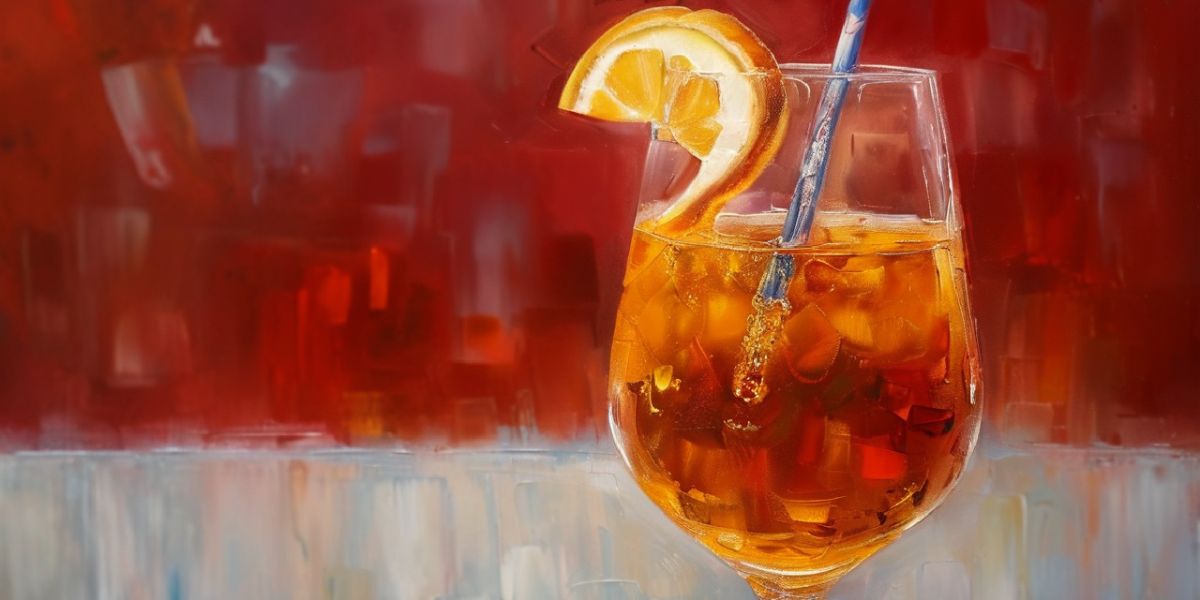
On hot days, nothing beats a cold glass of iced tea. Use 6 tea bags for every 1.5 litres of water to get a potent brew that won't dilute when chilled.
Sweetening your iced tea is as simple as adding caster sugar or honey to the hot tea before chilling. For iced sweet tea, 2 tablespoons of sweetener per cup is often the way to go. That's the classic Southern style that's hard to resist.
You can make iced tea with black, green, white, or herbal teas. Each will bring its own flavour to the party. For a refreshing twist, try iced hibiscus tea, which is low in sugar and full of antioxidants. For special occasions, add a splash of spiced rum or gin for a festive iced tea cocktail.
Cold-brew tea is another option.. If you want a refreshing drink, you can drink tea steeped in cold water for a longer period to get a smoother, less bitter brew, perfect for lazy summer afternoons.
Top Tip: Make ice cubes from tea instead of fresh water so your iced tea won't dilute further.
Storing Your Loose Leaf Tea and Tea Bags
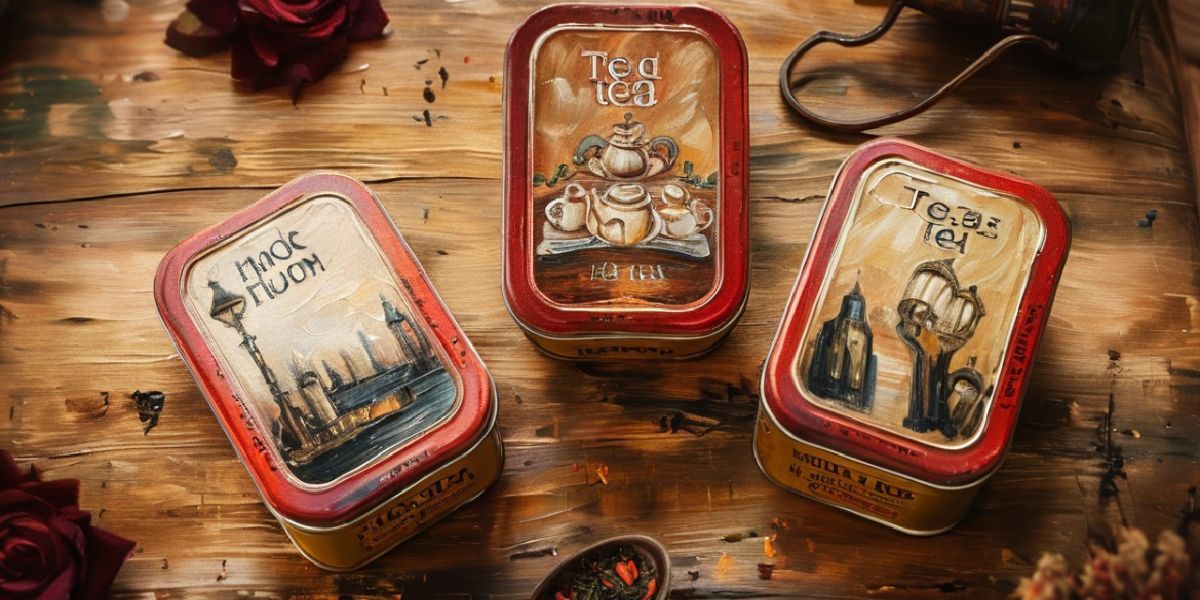
Proper storage is key to keeping your tea fresh and tasty. Store it in an opaque, airtight container to prevent air, heat, light and moisture from degrading it.
Tea can last about 4 months in a normal tea package craft bag, but for a longer shelf life, an airtight container is the way to go. Glass jars are also an option, but they must be kept in a dark place to prevent light from affecting the tea's quality.
Don't store tea near a heat source or in direct sunlight, as these will affect its flavour and aroma. By following these steps, your tea will stay fresh and tasty.
Get More Flavour with Additives
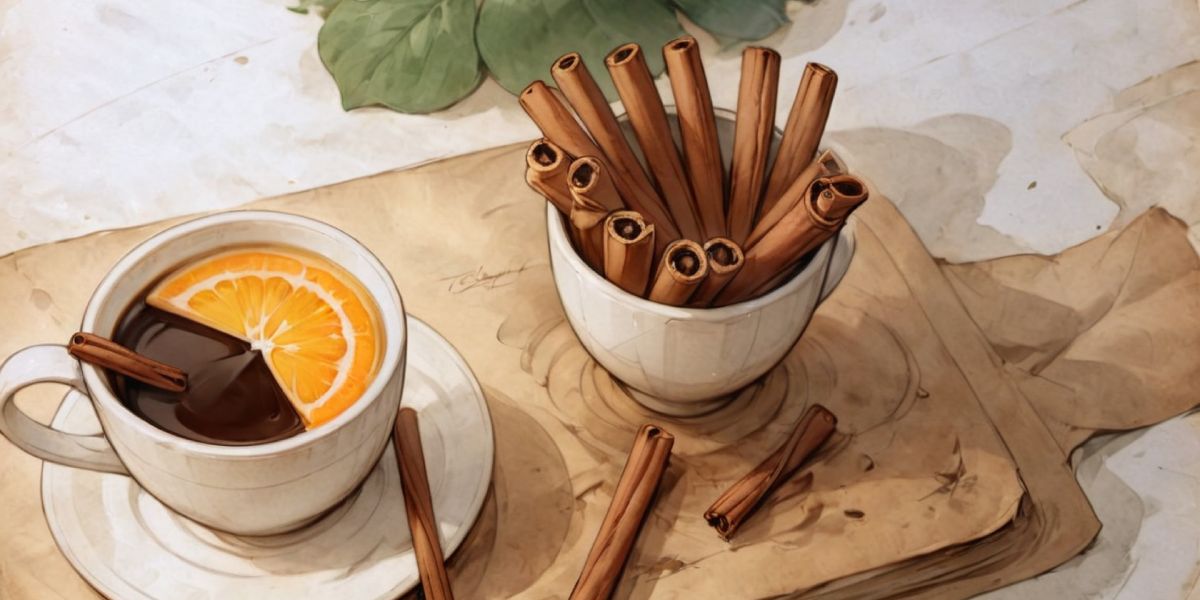
Tea is versatile. You can enhance its flavour with herbs, spices, fruits, and flowers. Mint, ginger, cinnamon, lemon, and lavender are popular for unique blends.
Combining several additives can create your own signature blends. For example, chamomile with lavender and mint is a soothing, aromatic blend for winding down.
Fruits like peaches, apricots and citrus can add a twist to iced tea. Elderflower infuses tea with a floral note. For the adventurous, you can customise and order your own tea blends online.
Conclusion
In summary, making the perfect cup of tea is an art and a science. From loose tea or tea bags to the right tea to the right water temperature or whether to add delightful additives, each step is crucial to your brew. So whether you like a strong black tea or a delicate white tea, now that you know how to make tea, you can take your time, enjoy the process, and savour every sip. Happy tea-ing!
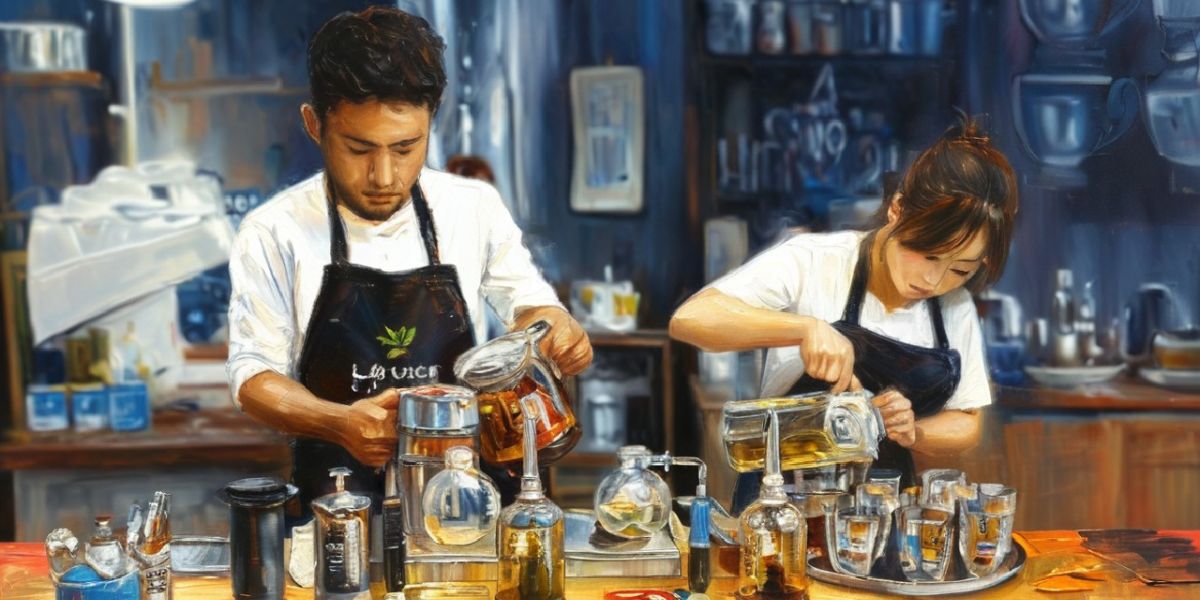
FAQs
What's the best tea for beginners?
Black tea is the beginner's tea – like the training wheels of the tea world! Once you get the hang of it, you might be sipping your way to a tea-tastic adventure!
How long should I steep green tea?
Steep green tea for 2-3 minutes at 80 degrees Celsius, or it'll be a sad, bitter disappointment!
Can I use boiling water for all the teas?
No, boiling water is a no-no for delicate teas like green and white; they'd prefer a nice warm spa treatment at 80 degrees Celsius instead! So, unless you want to burn your leaves, let that kettle cool down a bit!
How do I make my tea less bitter?
Bitter tea? That's just your cup's way of saying it needs a time-out! Steep it right and avoid water that's too hot—your taste buds will thank you! You can also try cold brew tea, of course.
How do I store my tea?
To keep your tea fresh and ready for a cuppa, stash it in an opaque, airtight container that can withstand air, heat, light, and moisture—like a ninja! Your taste buds will thank you!

